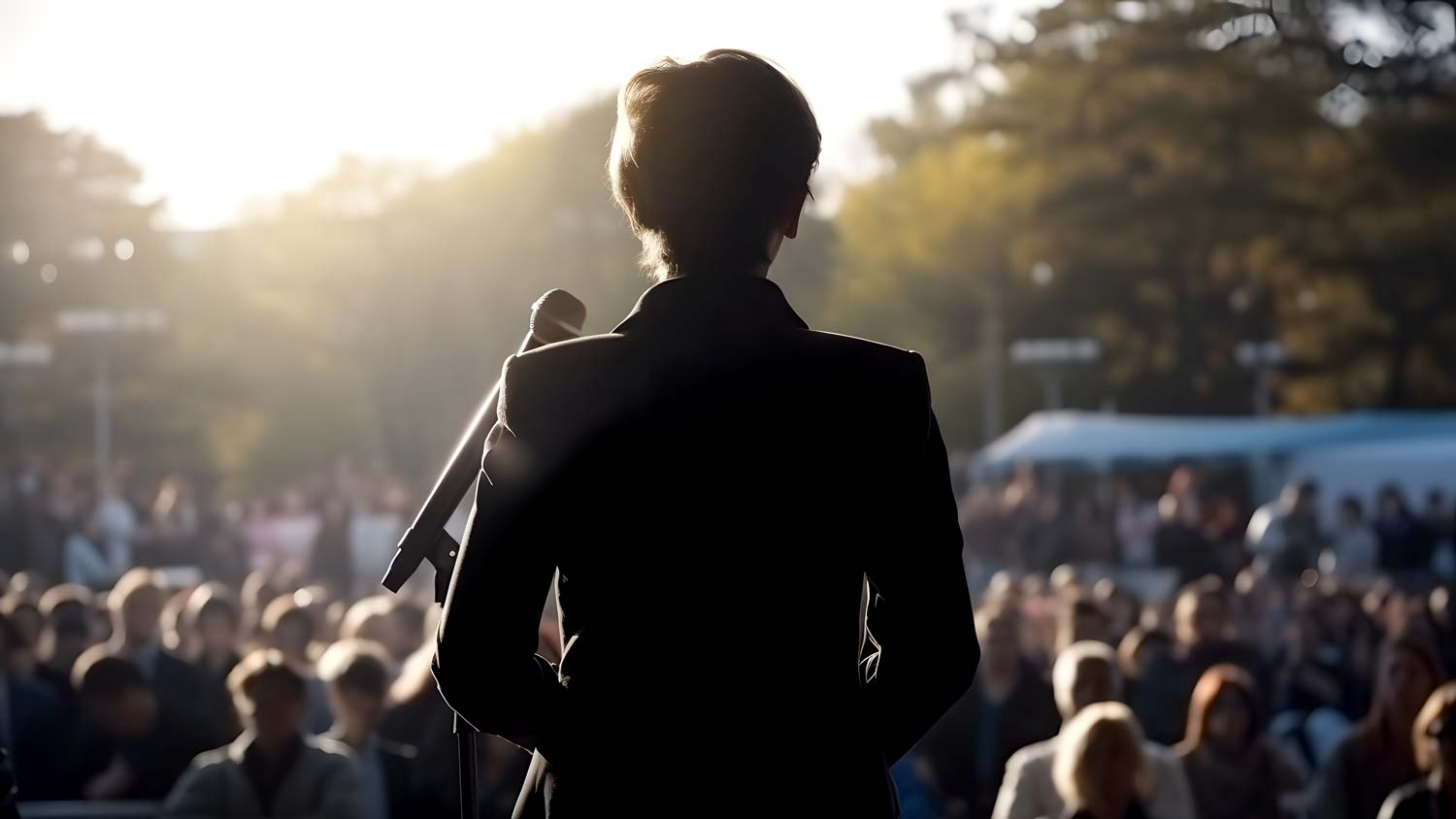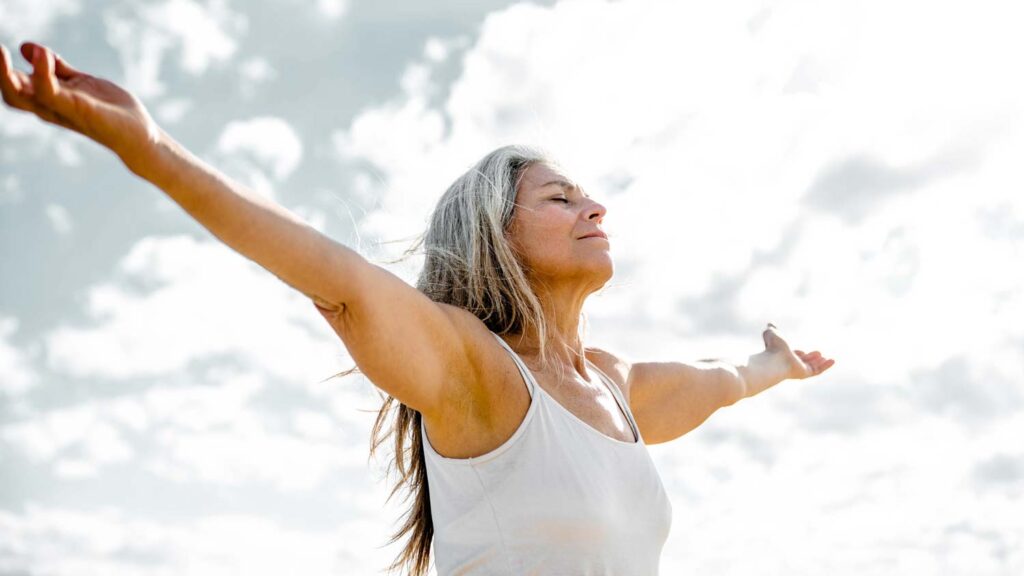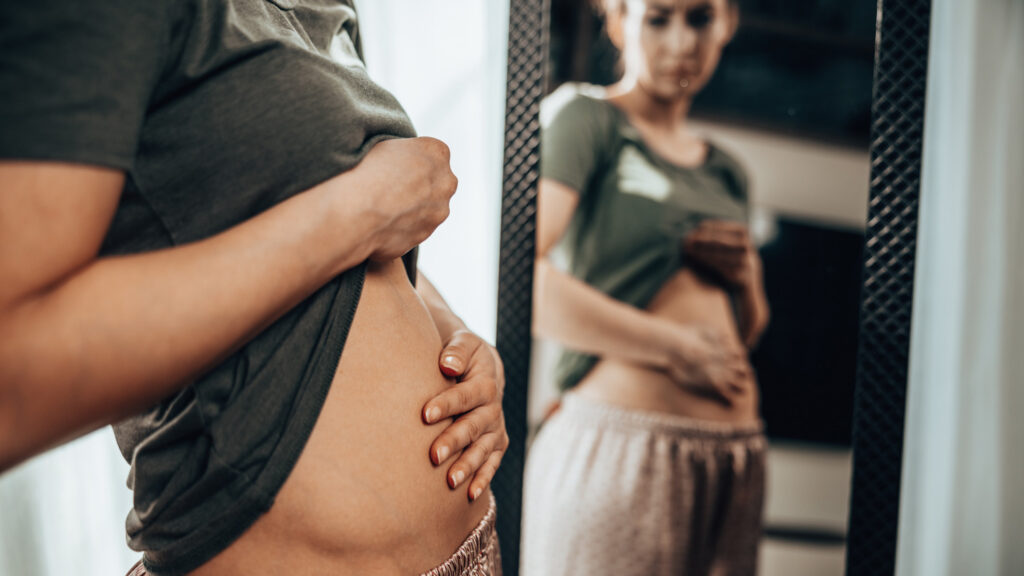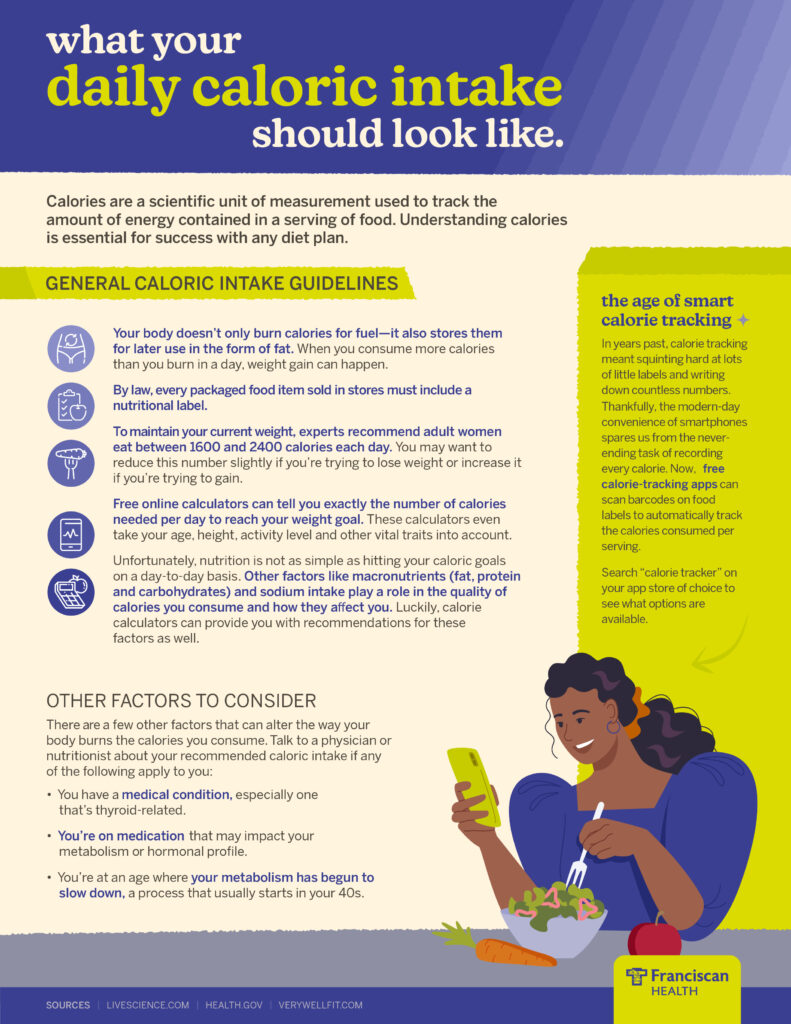Declaration of Equality
It’s hard to pinpoint the exact moment in history when women’s suffrage—the political movement centered around giving women the right to vote—first began. One thing’s for sure: it certainly wasn’t in 1776, when the Declaration of Independence was written in a manner that deliberately excluded women’s rights. “We hold these truths to be self-evident,” stated the framers of the document, “that all men are created equal, that they are endowed by their creator with certain unalienable rights, that among these are life, liberty and the pursuit of happiness.” As history shows, the use of “men” in this statement was not a broad allusion to all of mankind. The sentiment, rather, simply did not include women.
It would take many years after the United States’ founding for an opposing sentiment to emerge, develop and organize into a serious political entity. That organization first culminated in the 1848 Seneca Falls Convention for Women’s Rights, arranged by reformers Elizabeth Cady Stanton and Lucretia Mott. Here, a majority of attending delegates agreed that women deserved to be included in the Declaration of Independence’s opening statement. These delegates crafted a new document—aptly titled the Declaration of Sentiments-–that revised the nation’s core assertion to read: “We hold these truths to be self-evident: that all men, and women, are created equal.”
Unlocking the Ballot
As with many political movements in our nation’s past, progress in women’s voting rights began as a slow trickle that eventually snowballed into massive change. The first major victory occurred 32 years after the Seneca Falls Convention and Declaration of Sentiments in the Territory of Wyoming. Here, in 1869, Governor John Allen Campbell signed an act of the Wyoming Territorial Legislature that allowed women citizens the right to vote. In 1890, legislation was passed in Wyoming that confirmed and extended the right statewide.
Soon, other states followed suit. The state government of Colorado wrote women’s voting rights into law in 1893, with Utah and Iowa both doing the same in 1896. As the 1900s unfolded, 11 more states joined their ranks including Washington, California, New York and Montana.
Montana’s adoption of women’s voting rights proved to be especially significant for the course of American history. In 1916, the state elected Jeanette Rankin as the country’s first female member of Congress. This federal-level victory ignited further progress in state and local governments.
Four years later, the piecemeal adoption of women’s voting rights on a state-by-state basis gave way to country-wide change. In August of 1920, federal legislators ratified the 19th Amendment to the Constitution, which proudly states: “The right of citizens of the United States to vote shall not be denied or abridged by the United States or by any state on account of sex.”
On November 2, 1920, 8 million women voted in a presidential runoff between Warren G. Harding and Calvin Coolidge. It was the first time most American women were allowed to cast a ballot, but before that momentous day, pioneers like Ida B. Wells, Sojourner Truth and Elizabeth Cady Stanton had been tirelessly chipping away at a system that stifled their political freedom. On that fateful Tuesday, they finally saw a breakthrough.
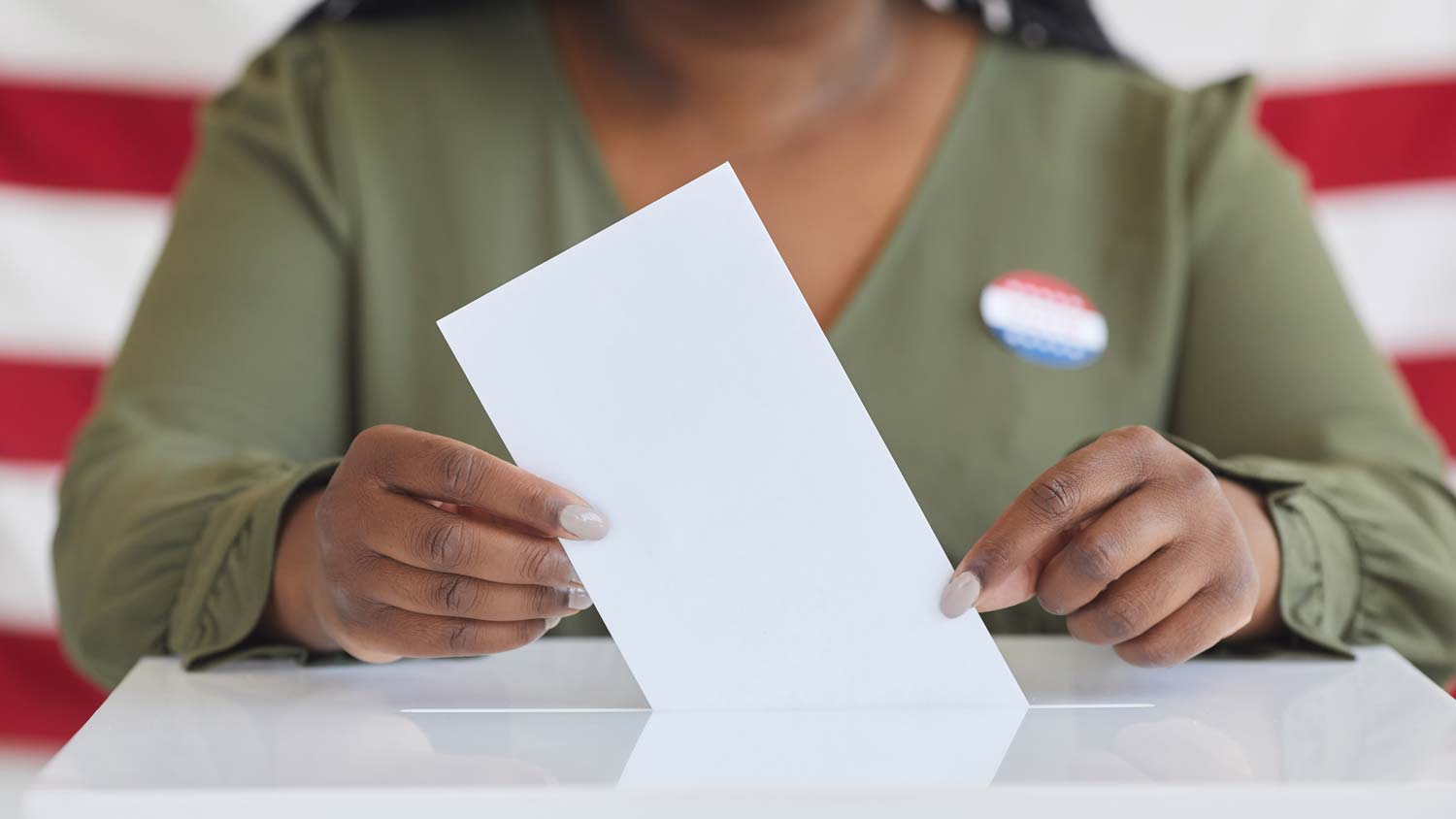
Breaking Onto the Scene
Four years before that first female federal vote, there was a day Jeanette Rankin and women across America would never forget: April 2, 1916. On this day, representative-elect Rankin was officially sworn in as the first female member of Congress.
“I want you to know how much I feel this responsibility,” stated Rankin. “There will be many times when I shall make mistakes, and it means a great deal to me to know that I have your encouragement and support.”
In 1924, Montana made history again when it elected Nellie Tayloe Ross as governor, making her the first woman to hold an executive position at any level of the U.S. government. Soon women started to run for mayor and city council and all other positions in political life. They finally had a model of what political activism looked like for women.
In 1978, a woman took the stage at a presidential debate, defying all barriers once faced by Wells, Truth and Stanton. Shirley Chisholm’s candidacy paved the way for women like Hillary Clinton and Elizabeth Warren to make serious bids for the nation’s highest political seat.
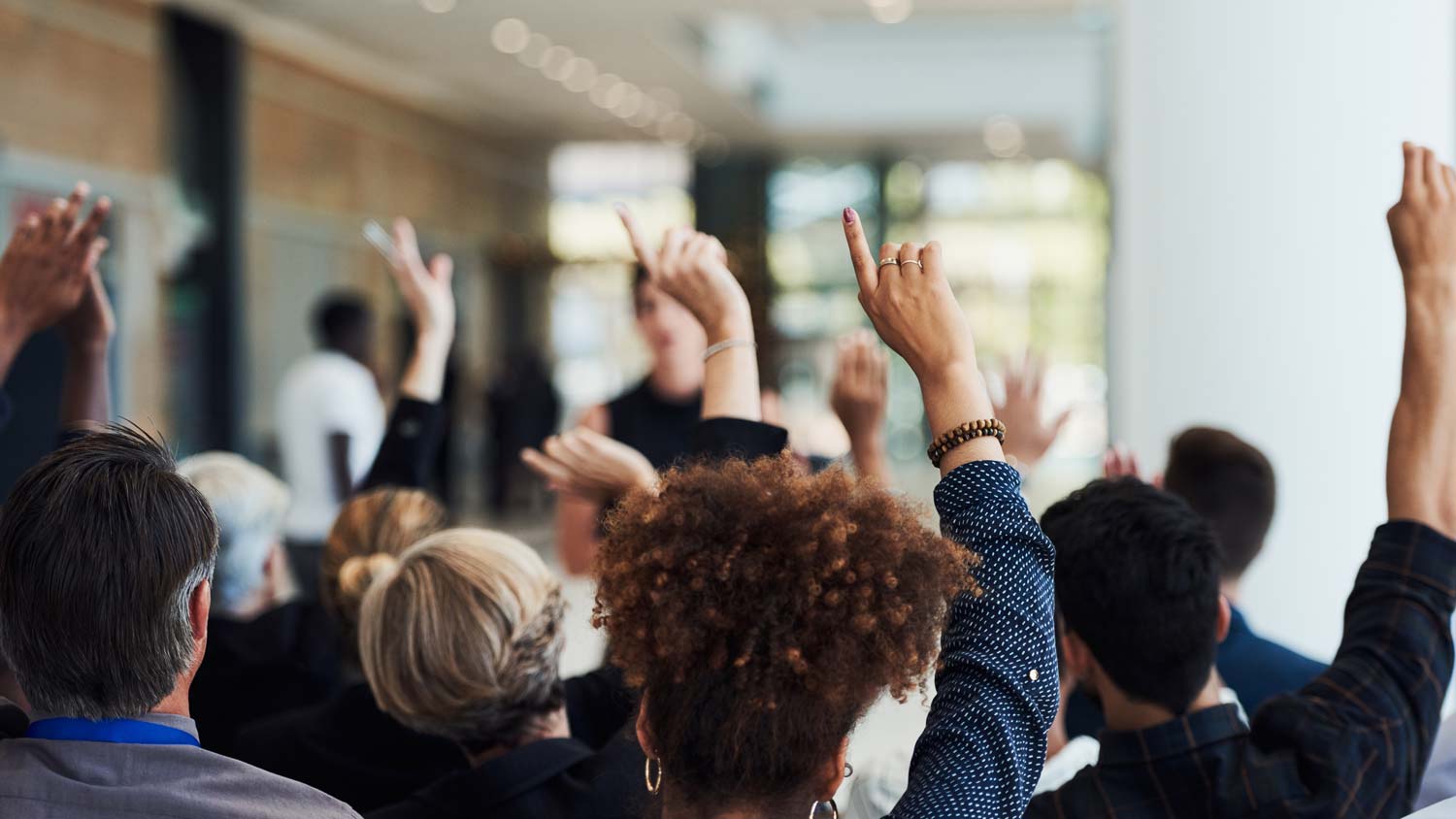
Seeking Equal Representation Today
Fast forward to the 116th Congress of the United States. In 2018, ballots were packed with hopeful female candidates and many dubbed it “The Year of the Woman.” In congressional classes to follow, more and more women have raised their hands and run to be part of something bigger than themselves. These powerful showings of political participation embody Jeanette Rankin’s sentiment, “I may be the first woman member of Congress, but I won’t be the last.”
Today, successful female politicians seem almost commonplace. From Alexandria Ocasio-Cortez to Marjorie Taylor Green, all sides of the political spectrum are seeing more female voices rise to represent their beliefs. In 2022, there were 24 women serving in the U.S. Senate, 123 serving in the House of Representatives and four women serving on the Supreme Court.
While records continue to be broken for female representation, we still haven’t reached true equality. Female politicians are still vastly underrepresented in relation to the female population. More participation in the political process is needed to close the gap, and we hope you can be the one to take up the call. Whether you run for office, call your representative or instill civic duty in your children, you can make a difference in your political life and in the political lives of women across the country. All you have to do is speak up.
Not a member?
Join for FREE!
Enjoy encouraging, motivating, uplifting content created just for women like you, all from the health care name you trust: Franciscan Health.

